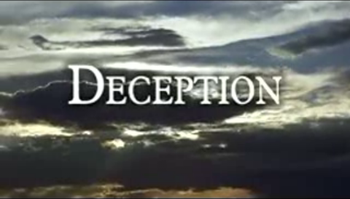Pace the plausible deniers, there exists a blog devoted to exploring, in a spirit that is a ghastly echo of secular openmindedness, the idea that Obama is the Antichrist, and its readers take McCain’s recent web ad “The One” very much in earnest. In the comments section of this blog, a woman reports describing her enthusiasm over the news about the Antichrist to her psychiatrist, who then “gave me more meds.” Perhaps the McCain campaign would like to reimburse her health insurer? And then there’s the commenter “Assasinforfather” [sic], who is angry because the world is controlled by Satan and because, in what seems to have been a special revelation, he discovered that at the end of the world there will be no rapture, only universal tribulation. He writes that of “all the men in my lifetime who have been accused of being THE antichrist, Obama is the only one that the Spirit of Father has warned me of,” and warns that “I know who will give the beast the deadly wound.” Perhaps the McCain campaign would like to reimburse the Secret Service for the cost of paying this fellow a visit?
Under the cover of unacknowledged messages, a contribution can be made to the pool of irrationality in a culture. I’m not blaming the internet, by the way. Nixon was able to summon the silent majority from the vasty deep long before the internet existed. It is thanks to the internet, in fact, that one may see the process of summoning at work. One may watch an advertisement preying on superstition and fear one day, and then read the words of the mentally unstable, as they take courage from it, the next. The mentally unstable cannot be held to account, but the suits who stir them up may be.
PS: There’s a comprehensive round-up of Obama-as-Antichrist-alia here.


